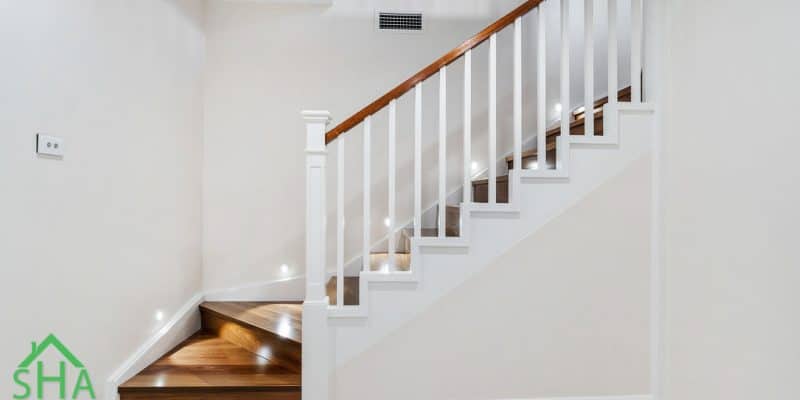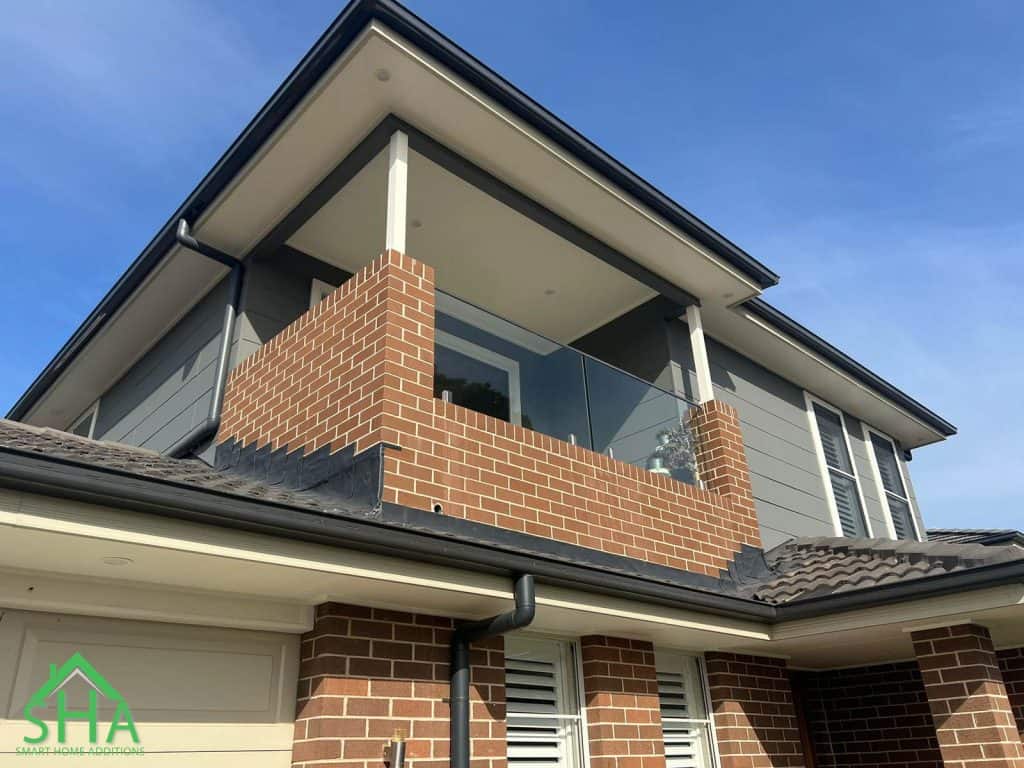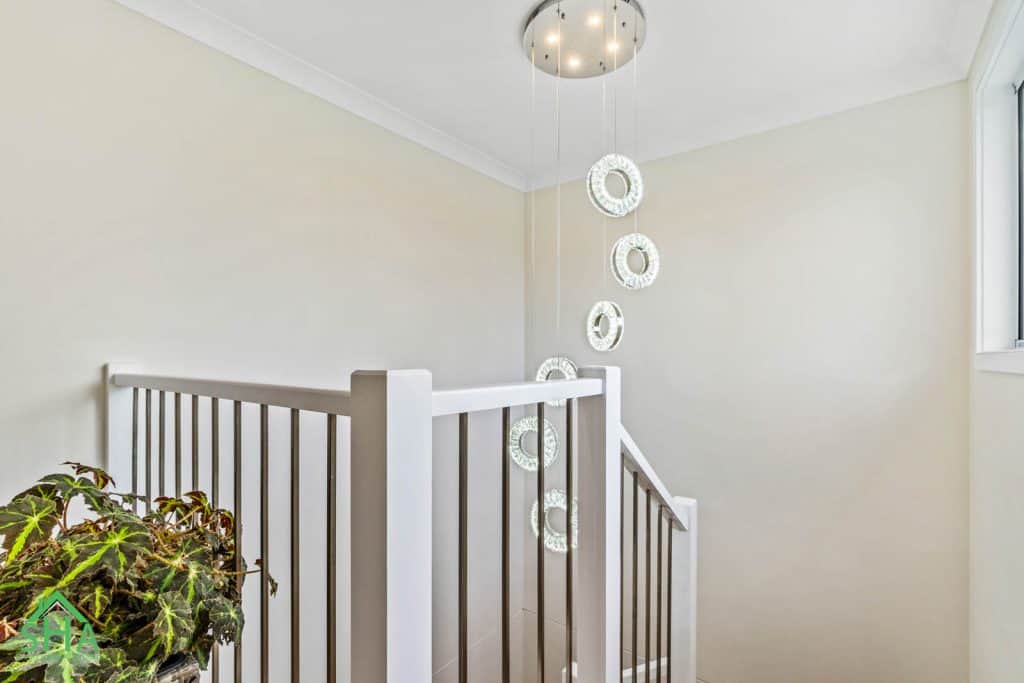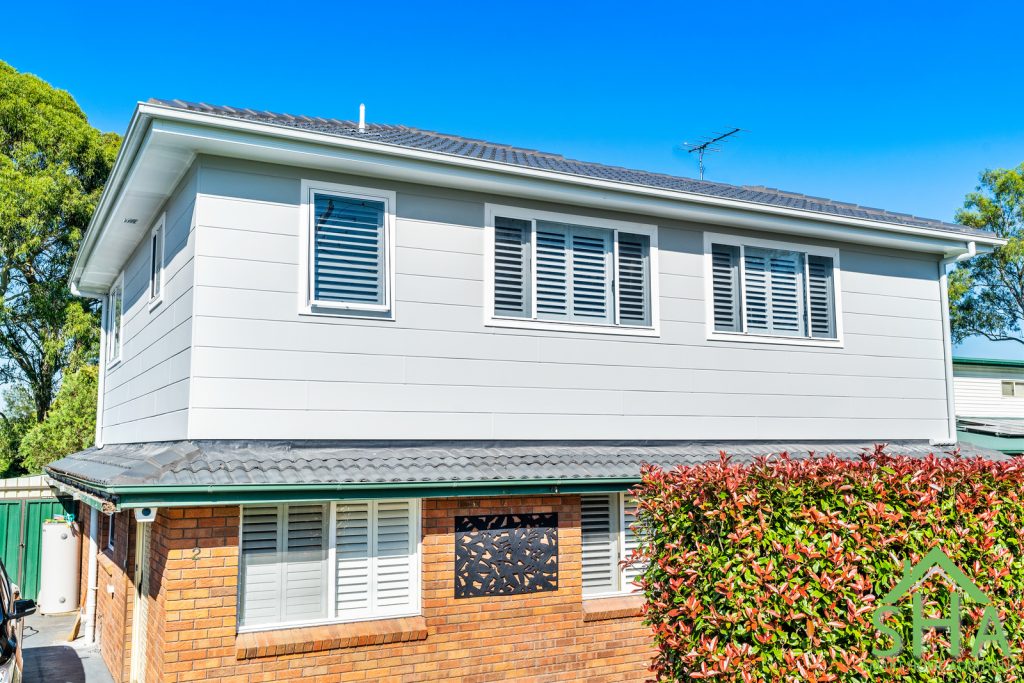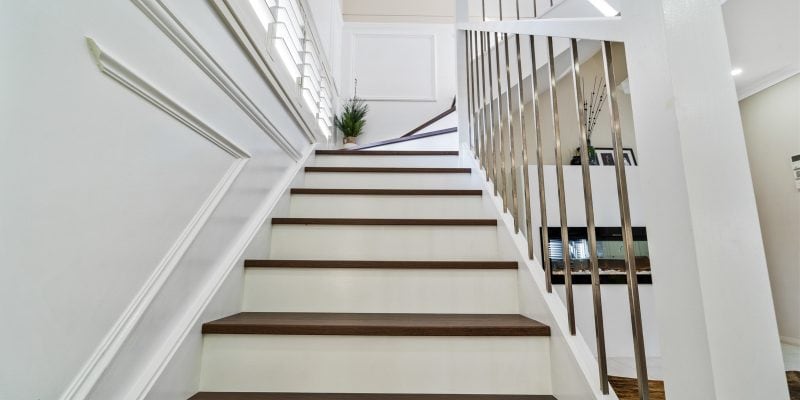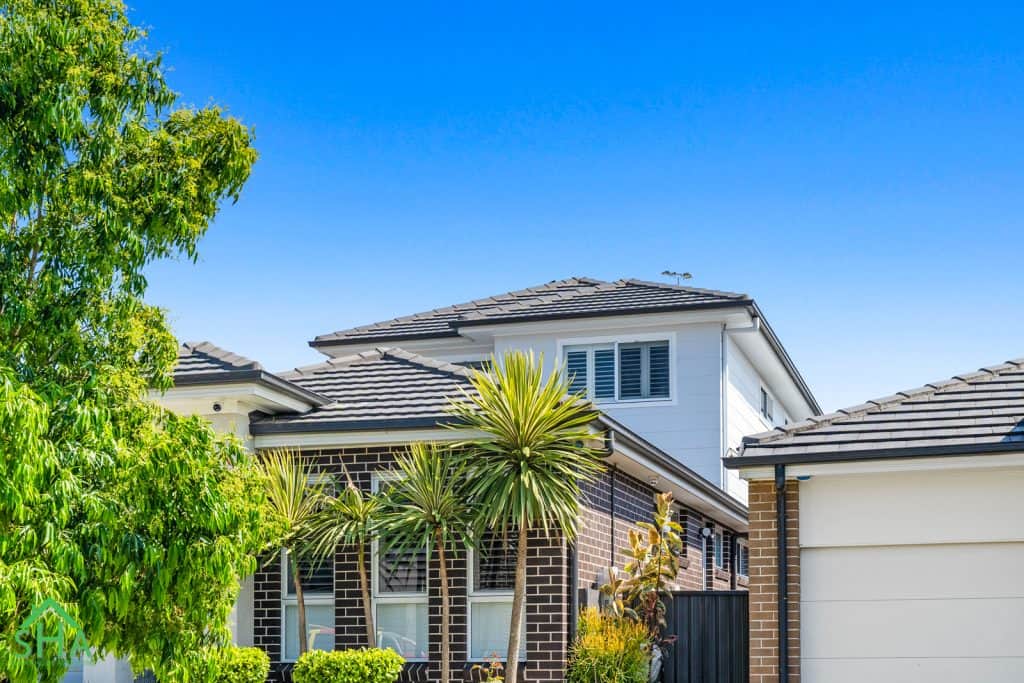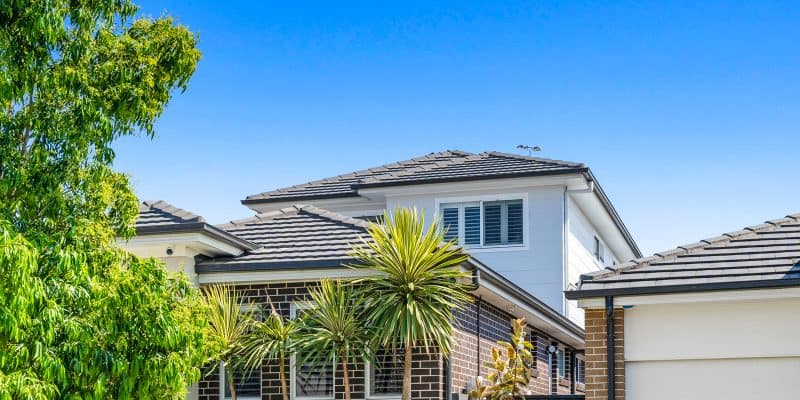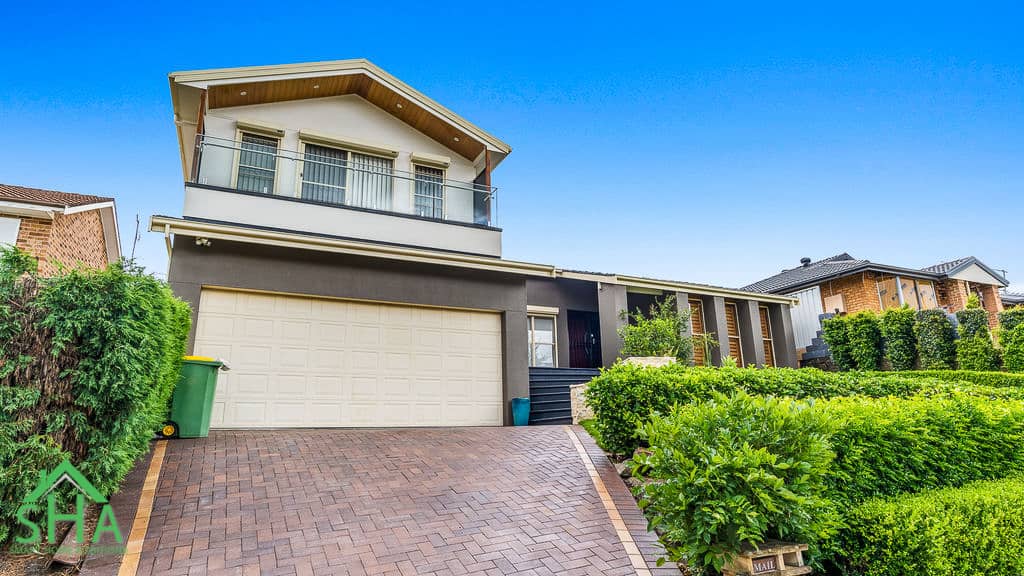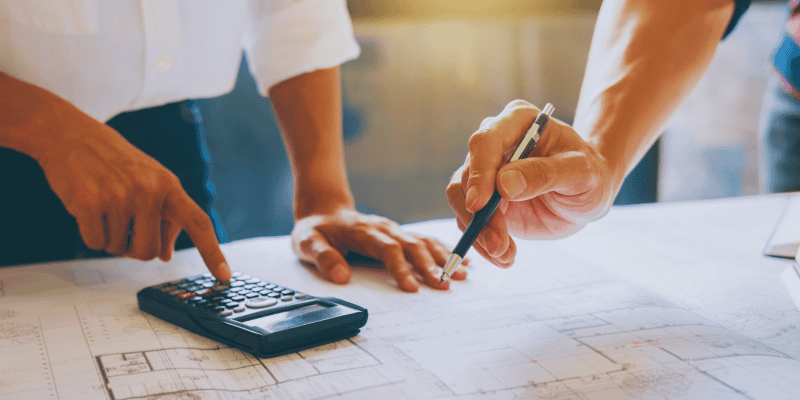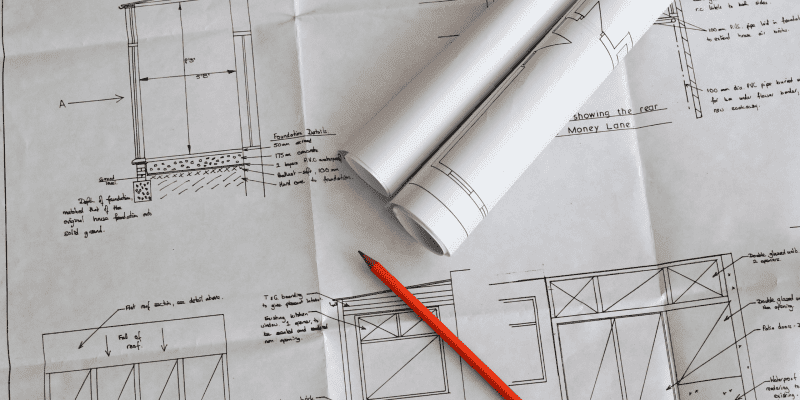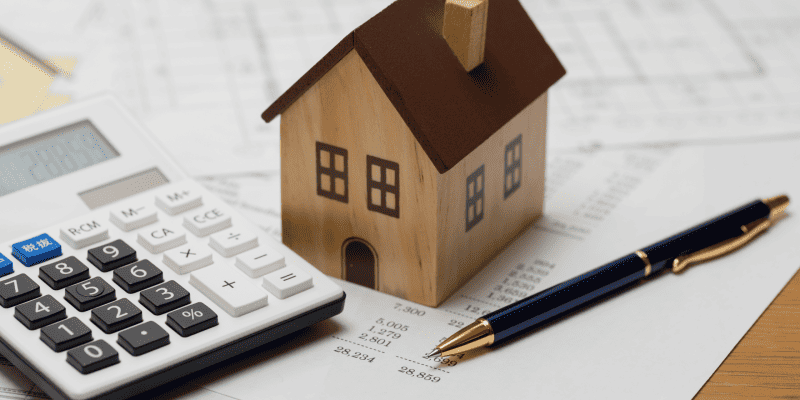Granny flats have become an increasingly popular housing solution across Australia, offering flexible living spaces for families and individuals alike. At Smart Home Additions, we specialise in designing and constructing smart granny flats that are not only functional but also modern, comfortable, and affordable. With over a decade of experience, we pride ourselves on delivering high-quality homes that cater to a wide range of needs.
Why Choose a Smart Granny Flat?
Whether you’re looking to create extra space for a loved one, generate rental income, or simply make the most of your backyard, a smart granny flat is a practical, cost-effective solution. Here’s why so many Australians are turning to smart granny flats:
- Affordability: Our smart granny flats are an affordable housing option in today’s market, whether it’s for family moving into the new space or for investment and providing a rental income.
- Complying Development: Our granny flats meet all Australian legal requirements, ensuring hassle-free construction.
- Versatility: We offer a wide variety of styles and layouts to suit different needs and preferences.
- Smart Design: Our homes are built with the latest technology, ensuring energy efficiency, safety, and comfort.
What Are the Legal Requirements for a Granny Flat?
Building a granny flat on your property in Australia requires compliance with a range of regulations. At Smart Home Additions, we ensure that every project adheres to local council and state laws, so you don’t have to worry about the technical details. Here’s what you need to know for a CDC:
- The minimum block size must be 450m².
- Your property should have a frontage of at least 12 metres.
- Setback requirements include 3 metres from the rear boundary, 0.9 metres from the side, and 1.8 metres from other buildings.
- Granny flats cannot exceed a total floor area of 60m².
These regulations are in place to maintain community standards and ensure your project is approved without unnecessary delays.
Our 4-Step Process: From Consultation to Completion
At Smart Home Additions, we have a streamlined, transparent process to ensure your granny flat is completed on time and on budget. Our process consists of four key steps:
- Consultation: For a fee of $250, we begin with a site inspection to assess your land and determine whether it’s suitable for a granny flat. During this stage, we answer any questions you have and discuss your goals and preferences.
- Planning and Approvals: Once the consultation is complete, we handle the planning and approval process. For a Complying Development Certificate (CDC).
- Construction: With approvals in hand, construction begins. Our team works diligently to ensure your granny flat is completed in 10 to 12 weeks.
- Client Support: Throughout the entire process, our team is available to provide updates and answer any questions. We offer a client portal that gives you direct access to our support team and progress reports.
Our Popular Smart Granny Flat Designs
We offer a variety of granny flat styles and layouts to suit different needs. Whether you’re looking for a one-bedroom flat or a spacious two-bedroom option, we’ve got you covered. Below are some of our popular designs:
- The Onyx: A compact, 60m² square-shaped two-bedroom flat. Perfect for smaller backyards or those looking for a minimalistic design.
- The Sapphire: Available in one-bedroom and two-bedroom configurations, this flat offers a square layout with high functionality.
- The Ruby: This 60m² L-shaped, two-bedroom flat is ideal for families or as a rental investment. This option provides great value for money.
- The Emerald: For those who prefer a more modern and spacious feel, the 60m² triangle-shaped Emerald flat is available.
Each of these designs is fully customisable with a range of inclusions and finishes, allowing you to personalise your new home to your exact taste.
High-Quality Inclusions with Every Build
At Smart Home Additions, we believe that quality shouldn’t come at a premium. That’s why all our smart granny flats come with high-end inclusions as standard. Here’s what you can expect:
- External Fixtures: Our granny flats feature durable Colorbond roofing and Weathertex cladding for a sleek, modern look.
- Interior Finishes: Choose from a range of stylish tiles, carpets, and paints for a contemporary, luxurious finish.
- Insulation: All of our homes are built to meet Australian energy efficiency standards, with R4.0 insulation batts in the ceiling and R2.0 batts in the walls.
- Smart Technology: We include LED downlights, split system air conditioning, and NBN provisions as part of every build.
Additionally, all granny flats come with built-in robes, modern kitchen appliances, and a 2000L rainwater tank, ensuring you have everything you need for a comfortable, sustainable living space.
Customisation and Design Selections
We offer a wide variety of interior and exterior design selections to suit your style. Whether you prefer a neutral colour palette or something bold and modern, we’ve got you covered. Our options include:
- Exterior Cladding: Weathertex panels in a range of colours, such as Windspray, Woodland Grey, and Cottage Green.
- Roofing: Colorbond roofing in finishes like Basalt, Monument, and Manor Red.
- Interior Options: Choose from a range of bathroom tiles, paint colours (Dulux Natural White, Lexicon Quarter), and carpets to complete your granny flat’s aesthetic.
The Smart Choice for Homeowners
Building a granny flat on your property is a smart investment for the future. Not only does it increase the value of your home, but it also provides an additional income stream if rented out. With our focus on modern design, smart technology, and quality construction, Smart Home Additions is the ideal partner for your next home project.
If you’re ready to get started, contact us today at 02 4647 7976 or visit SmartHomeAdditions.com.au. Our team is here to help you plan, design, and build your dream granny flat.
FAQs
- How long does it take to build a granny flat? Typically, construction is completed within 10 to 12 weeks, depending on the complexity of the design.
- What is the approval process like? If your granny flat meets the requirements for a Complying Development Certificate (CDC), approvals can be obtained in as little as four to eight weeks.
- Can I customise the layout and finishes? Yes, we offer a wide range of customisation options, from exterior cladding to interior finishes, allowing you to create a space that fits your style.
- Do you provide site inspections? Yes, we offer a detailed site inspection and consultation for $250 to assess whether your land is suitable for a granny flat.
- What’s included in the price of a smart granny flat? Our prices include high-quality inclusions such as Colorbond roofing, built-in wardrobes, air conditioning, kitchen appliances, and more.
- Can I use my granny flat as a rental property? Absolutely! Many of our clients use their granny flats to generate rental income, providing a great return on investment.


